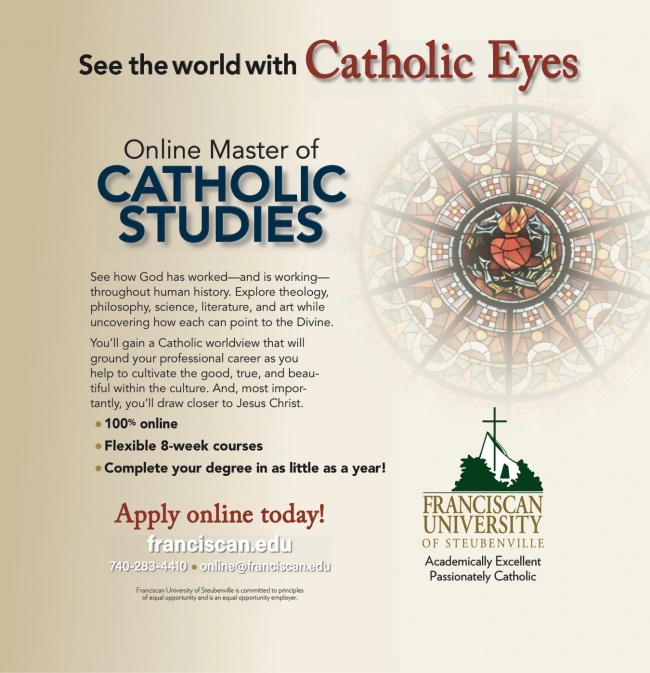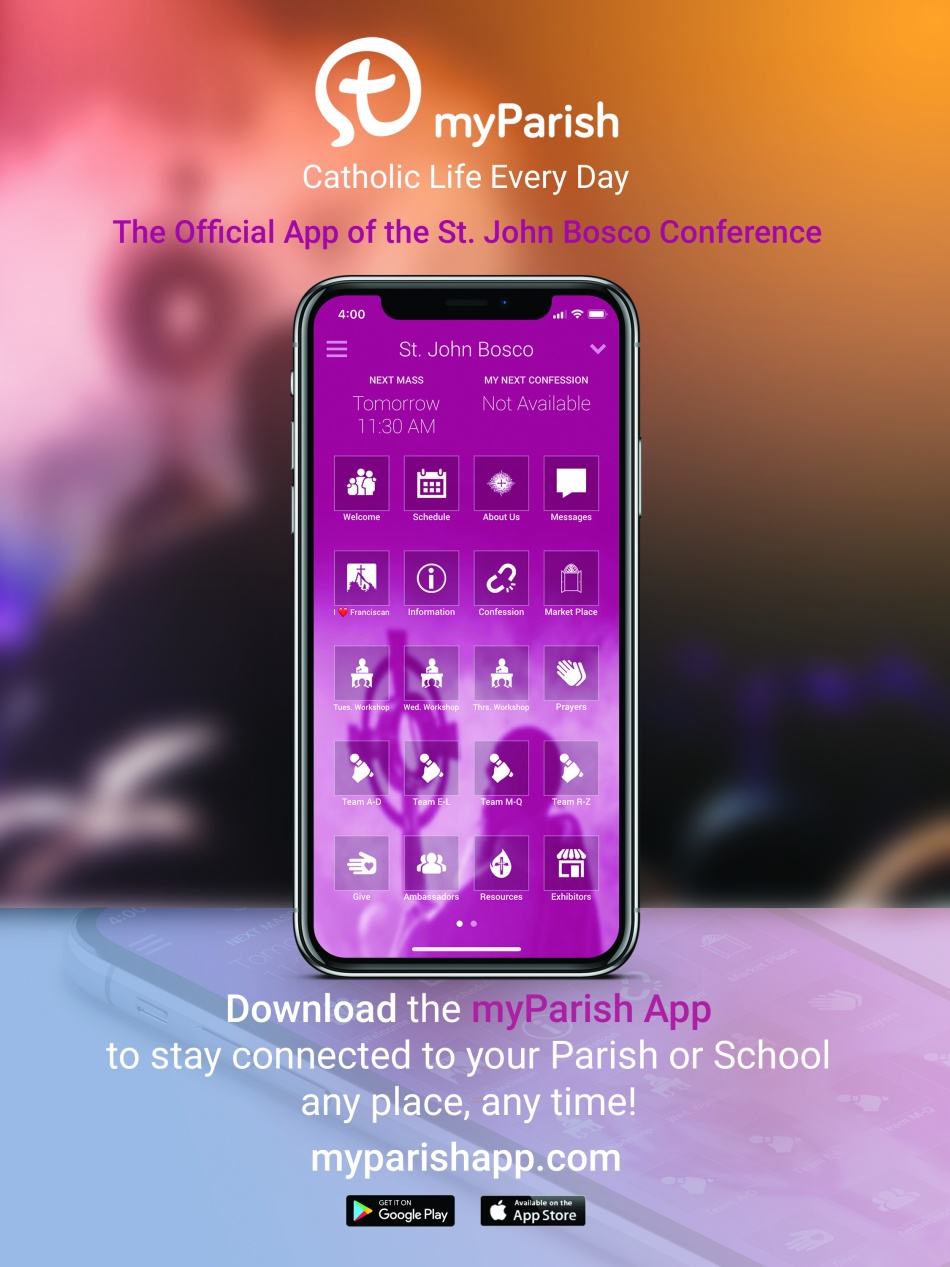RCIA & Adult Faith Formation – Catholicity: The Catholic Non-Conspiracy
The human heart loves mysteries. By mystery, I mean hidden knowledge that requires a sleuth to uncover the truth. We love the idea of discovering lost secrets that upend our entire understanding of our world. Think of space aliens and the secret Area 51 in New Mexico. Think of movies like Raiders of the Lost Ark where the “true purpose” of the Ark of the Covenant is revealed or National Treasure, which divulges the “real” mission behind the Knights Templar and features the discovery of an ancient, buried treasure. There are even “mysteries” about the Catholic Church found in books like The Da Vinci Code, which “promised” to tell readers the machinations of the Vatican’s puppet masters, Opus Dei, and their effort to keep hidden forbidden knowledge that would expose the “true,” scandalous origins of Christianity!
Conspiracy theories make for interesting novels and entertaining movies, but, to the dismay of many, they are nothing more than conjecture designed to lead people away from the much more mundane truth of reality. Most of the time, what is obvious and clear is the truth: we haven’t found aliens, the Ark is not the ultimate weapon, and who the Church is and what she believes has been public since its founding by Christ and does not require a detective to find it. This aspect of the Church is what we call “catholic.”
That They May Be One
The seventeenth chapter of John’s Gospel captures an intimate conversation between Jesus and God the Father. Jesus and his disciples will soon cross the Kidron Valley and enter into the Garden of Gethsemane. He will be arrested and enter into his Passion. “The hour has come” (Jn 17:1).
Earlier in John’s Gospel, when Mary approaches Jesus at the wedding at Cana, Jesus responds by saying, “My hour has not yet come” (Jn 2:4). Later, when Jesus heals on the Sabbath, the people seek to arrest him, but “no one laid hands on him, because his hour had not yet come” (Jn 7:30). But now, the hour has come, and Jesus turns to the Father in prayer.
What does Jesus say to the Father at this crucial moment? He prays that we all may be one. “Holy Father, keep them in your name, which you have given me, that they may be one, even as we are one.... The glory which you have given to me I have given to them, that they may be one even as we are one, I in them and you in me, that they may become perfectly one, so that the world may know that you sent me and have loved them even as you have loved me” (Jn 17:11; 22–23).
Christ’s prayer is a prayer for the Church—it is a prayer for you and me—so that we may all be regathered into one Mystical Body of Christ, founded on the apostles, sharing by Word and sacrament in that one love between the Father, Son, and Holy Spirit.
Editor’s Reflections: The Church: Becoming What We Are
“About Jesus Christ and the Church, I simply know they’re just one thing, and we shouldn’t complicate the matter.”[i] These are the striking words of St. Joan of Arc, boldly spoken as she stood trial. “They’re just one thing” because Jesus himself described his relationship to the nascent Church as the relationship of vines united to a single branch (cf. Jn 15:1–5). In other words, while distinctions are not difficult to find between Christ and the Christians who make up the Church, at root (forgive my pun), they are one living thing.
We live in a time of heightened divisiveness and loneliness. Online social connections are, as we all know, meager substitutes for real connection and friendship. Perhaps you share with me the conviction that the Church is the needed antidote. The Church is—and at the same time is meant to become—a remarkable communion. The sacraments bring us into communion with the Blessed Trinity, and being in this communion means that we are also intimately united with everyone who is in this remarkable relationship with God: the angels, the saints, all those in Purgatory, and every baptized person on the planet. If Baptism makes us adopted sons and daughters of the Father, then it also makes us truly brother and sister to one another. This extraordinary truth arises out of what the sacraments accomplish.
Note
[i] Catechism of the Catholic Church, no. 795, quoting Acts of the Trial of Joan of Arc.
AD: Franciscan University—Celebrating 75 Years of Service to the Church
For more information about the celebrations for the University's 75th Anniversary, please go to 75.franciscan.edu. Or call (740) 283-3771.

AD: Online Master's Degree in Catholic Studies
To find out more information or to apply, click here or call (740) 283-3771.

Children’s Catechesis: Educating in Christ – A Classroom Adaptation of the Work of Sofia Cavalletti
In September, 2018, I received a bemusing phone call from Anthony Gordon, the director of Catholic schools in a rural Australian Diocese. He asked me whether I would consider applying for the position of Diocesan Director of Religious Education and Mission. At the time, I was working in my “dream job” as a professor of religious education at the University of Notre Dame in Sydney, Australia. I had just completed the book that, I thought, summed up everything I had learned as a parent, teacher, catechist, and college professor through forty years of professional life, and I was ready to retire. The suggestion that I should change course at that stage of life was preposterous! The diocese in question, Wilcannia-Forbes, was the size of Texas and its eighteen schools, for the most part, could only be reached by long and lonely driving. I thanked the director for his confidence in me and then told him that it was not really what I wanted to do at this point in my life.
Yet, almost from that moment, I could not think of anything else. Was this a call from God? Was I being asked to put what I had learned into practice in this very challenging environment? I pondered it for a couple of weeks, and then decided to visit and pray at the grave of Australia’s (so far) only saint. St. Mary Mackillop had founded an order of religious sisters whose purpose was to bring the Gospel to the people of isolated communities. After this, with complete serenity, I knew what I had to do. With one day to go, I applied for and was appointed to the position.
From the Shepherds: Community Life - in the Directory for Catechesis
AD: Parish App that Keeps You Connected--Free Download
Stay connected to your parish or school. Download myParishApp here for free.

This is a paid advertisement in the July-September 2021 issue. Advertisements should not be viewed as endorsements from the publisher.
AD: Catechist resource to teach any age group in any setting
To learn more about Echoing the Mystery or to order click here.

This is a paid advertisement in the July-September 2021 issue. Advertisements should not be viewed as endorsements from the publisher.
Practicing Organic Reading with the Catechism
In its “practical directions” for reading the Catechism the authors have placed a brief instruction:
This catechism is conceived as an organic presentation of the Catholic faith in its entirety. It should be seen therefore as a unified whole. Numerous cross-references in the margin of the text (numbers found at the end of a sentence referring to other paragraphs that deal with the same theme), as well as the analytical index at the end of the volume, allow the reader to view each theme in its relationship with the entirety of the faith.[1]
What is the meaning of such a direction? What would such a practice look like? How should it be undertaken and what is its value?


